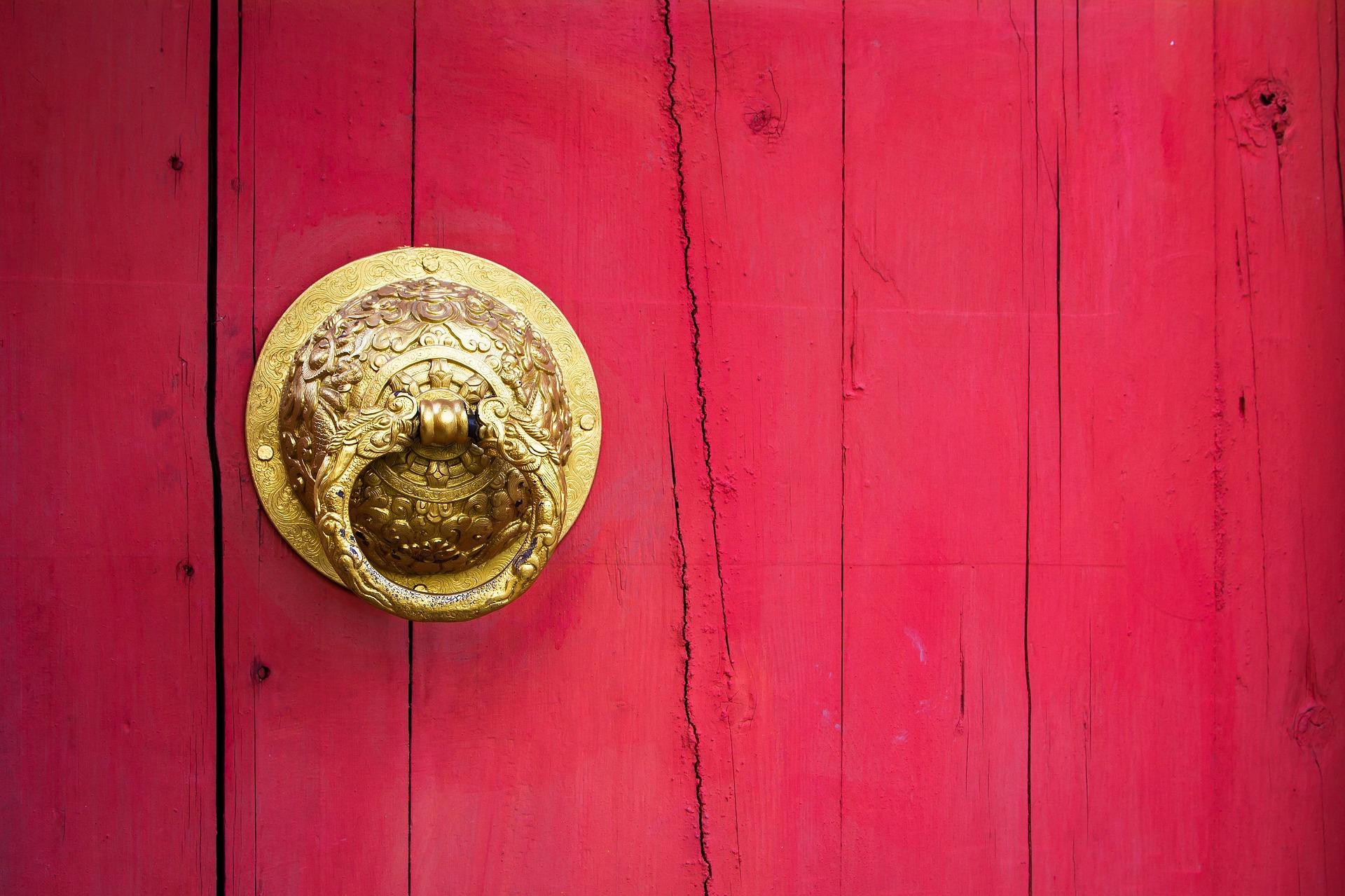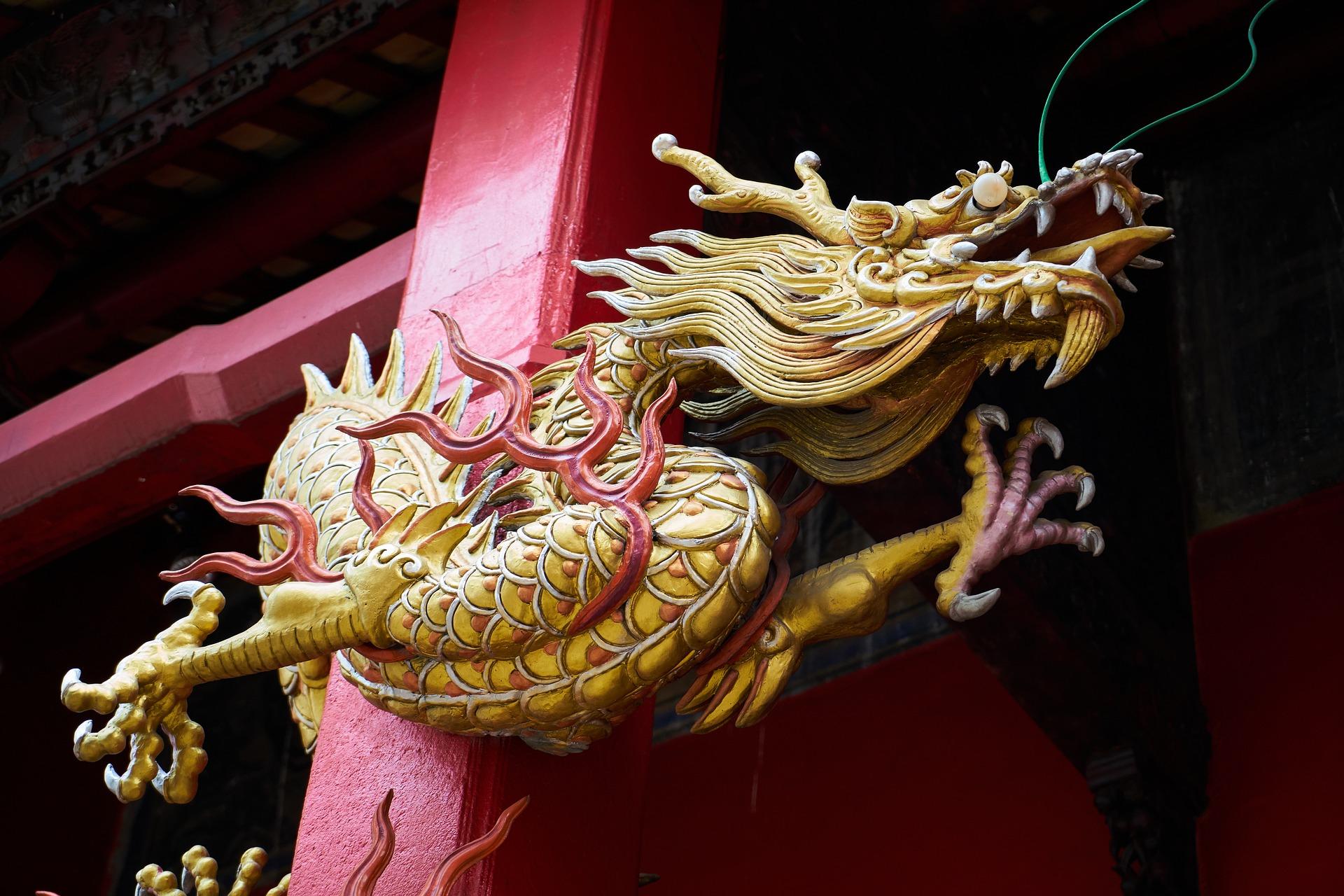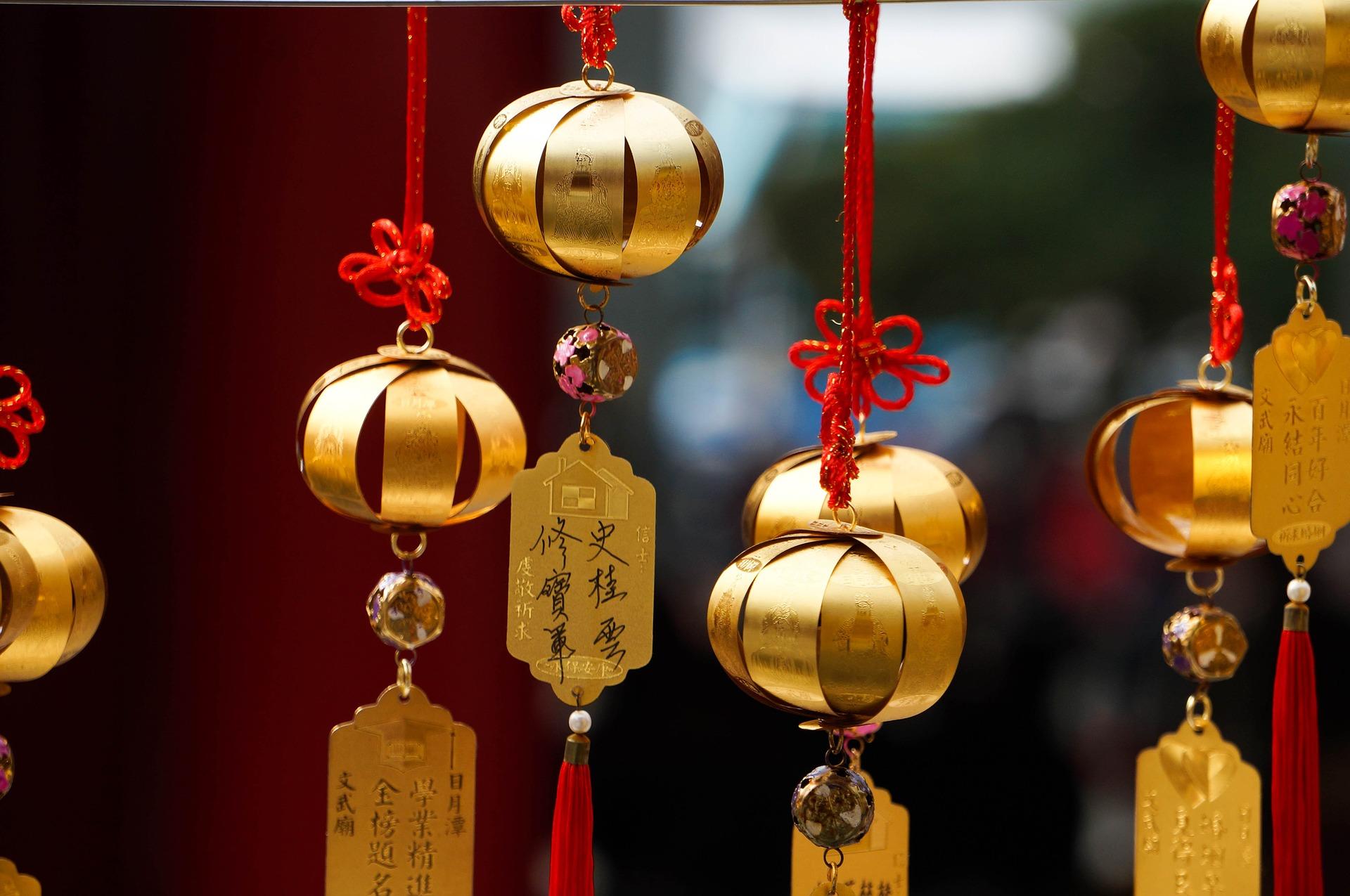Are you interested in learning Chinese? Learning a Chinese language can be an exciting doorway to discovering China and the diversity within its culture and customs.
South Africans know the importance of language and how it embodies the background and culture of unique ethnical groups. China has one of the oldest documented histories in the world and a culture that dates back over 6000 years.
Every one of the 23 provinces that exists today have their own unique customs and regional language varieties and it is estimated that there are over 300 living spoken dialects in China.

It’s thus safe to say that the various Chinese languages that are alive and well is a clear indication of how diverse and colourful the Chinese culture is. Mandarin is spoken and understood by about 70% of the population, but the list of main group languages you can learn include Cantonese, Wu Chinese, Gan, Hakka, and Xiang, each with its own sub-groups and dialects.
If you’ve always had an interest in the Chinese culture, want to learn a new language or you are simply curious about Min Chinese, this article is for you.

A Brief History of Min Chinese
Chinese is not a singular language, but a family of languages ,classified as Sinitic languages, that have their offspring from the Sino-Tibetan group. While most Chinese can understand Mandarin, the main official language instituted by the Chinese Government, there are about 13 other official languages with each one having their own dialects.
Next to Mandarin, Wu and Min Chinese is the other most frequented Chinese languages and an estimated 70 million people speak Min Chinese. The variants and different dialects within a language is very much determined by geographical location and influences and it is no different when one considers Min.
Linguists believe that the origins of Min Chinese dates back to 110BC when the Fujian region was defeated by the Minye Kingdom. It has thus been established and has continued to live in the Southern Parts of China but is also used widely in surrounding areas like Guangdong, Zhejiang, Hainan, and Taiwan.
The Types of Min Chinese
Min is one a main group of Chinese languages that’s been said to have the most varied linguistics. With wide varieties and differences between them, one Min speaker might struggle to understand a conversation with someone using a different min dialect.
The main differences comes into dividing Min into a northern and southern group of min languages. Northern min dominates in the Fuzhou region and is recognizable by the nasal sounds at the end of words, a sound that will be associated with traditional or ancient Chinese.
Southern Min, also known as Minan proper or Hokkien-Taiwanese, is spoken by over 45 million speakers and the most important language branch is Xiamen (Amoy). Some linguists claim that there are up to nine different varieties of Min to distinct, but according to Jerry Norman, a sinologist, we can identify four different layers to the modern Min vocabulary:
- Influences from the Minyue languages created a non-Chinese layer
- Han Dynasty colonialists brought ancient Chinese Vocabulary to the Fujian region
- The Northern and Southern Dynasties period brought an additional layer of vocabulary
- Lastly a literary layer exists that came from the koine of Chang’an (the capital of the Tang dynasty)

All these different influences and modern-day developments contributed into the various varieties of Min that exits today. Being able to communicate with people in their own language will win you social and commercial favour and if you are interested in delving into a specific dialect it would help to understand the regions where certain Min variants are popular:
- Min Bei (Naping in the Fujian Province and Taiwan)
- Min Dong (Spoken around Fuzhou, the capital of Fujian region)
- Min Nan (Also Southern Min, Minan proper or Hokkien-Taiwanese and the largest spoken dialect in regions like Guangdong and Taiwan)
- Min Zhong (Also classified as central min and spoken in Sanming prefecture)
- Pu-Xian Min (The most closely related to Southern Min, Pu-Xian Min is spoken in The Xianyou Country and Putian City)
If you are looking for variety in dialects and an ultimate challenge, learning Min Chinese will be ideal Chinese language an English speaker can learn. The best would be to travel and learn from native speakers, but luckily it is also possible to learn Min Chinese with an experienced language tutor or online course.
Wu Chinese is another popular Chinese language to learn and the second most spoken next to Mandarin. Find out more about learning Wu Chinese in this article.
What Makes Min Chinese Unique?
Like most Chinese languages, what makes Min so unique, is the way it’s spoken. It should be clear by now that Min speakers have a completely different language to other Chinese Speakers. These differences are not only in the number of tones used, but also in their grammar, vocabulary and mostly their pronunciation.
There are also certain sounds in Min that were preserved from ancient Chinese that is not prevalent in others. The archaic dental consonants and nasal sounds in Northern Min is a good example of that.
When it comes to Chinese writing, all Chinese writing generally uses the same writing system. This means that Min, Mandarin and even Wu uses the same characters to document the tones and sounds created. The difference is however in how these will be interpreted and pronounced, as the same written form could have a completely different meaning in another Chinese language or dialect.
The simplified Chinese writing system was developed also developed to make it easier to learn Chinese. It is used generally in beginner Mandarin classes, and as the name implies, a simpler version of traditional Chinese writing.
The Chinese government also developed a Pinyin Chinese system where the sounds in the Chinese vocabulary have been translated to the western alphabet to try and aid western learners pronounce the sounds as intended. Also referred to as romanisation, English learners can use the Latin alphabet as we know it to imitate the sounds, but in most instances you would still require the help of a professional to ensure you pronounce certain Chinese phonemes correctly.

The Best Way to Learn Min Chinese
Are you ready to learn more about this rich and interesting language?
Learning a new language can be tricky if you don’t have the right help to guide and support you. With Chinese you must learn all about the Chinese characters, how to write them and then how to pronounce them in the Chinese language you are learning.
Having your own private tutor can be one of the most valuable ways to master a language as it will allow you to practice while asking them any questions you might have around the new culture you are discovering. A tutor is also great for supplementing one of these ways to learn a Chinese language:
- A group language lesson at a language school
- An online language course
- Intensive classes by a private language tutor
- Travelling to the place where the language is spoken
Not all of us as fortunate enough to take a trip to China to learn a new language, but luckily with the help of the internet, some practical online courses and access to some of the greatest online tutors, you can start to learn Mandarin or Min in your hometown.
You might find a language school in some of the major cities to offer Mandarin classes, but learning Min Chinese specifically could be a bit more challenging. Whether you choose to learn Min or Mandarin all depends on your own personal ambitions. Are you seeking a challenge that is more connected to the local culture of a specific Min region, or are you looking for a general introduction to Chinese?
Most people opt for Mandarin or Standard Chinese as these lessons and courses tend to be more accessible. But for those more adventurous people who want to delve into more detail into the history of a regional China, their traditions and people, we have specialised tutors on Superprof who can teach you the Chinese language you’d like to learn.

The best part is you can choose the course, program, or self-study approach that suits you and a Superprof language tutor will be able to supplement those studies while you are learning. You can set-up weekly one-on-one in-person lessons, do online skype classes or form a study group with friends.
The value of a private tutor really comes into play when you are able to practice speaking with them during each lesson. Practice makes perfect and one of the major reasons why people lose the ability of speaking a language is because they don’t practice and speak it often enough. Your Superprof tutor can teach you vocabulary, well known phrases and provide constructive feedback on the spot to ensure you improve and correct your speech with every class.
Superprof tutors will make learning Chinese, whether it’s Wu Chinese, Mandarin, Cantonese or any of the other languages, a much easier and digestible process.
You just have to decide which language you choose and if you are uncertain, you can search for, read reviews and select a Chinese tutor in your area to discuss your options in the first trial class which is usually for free.















